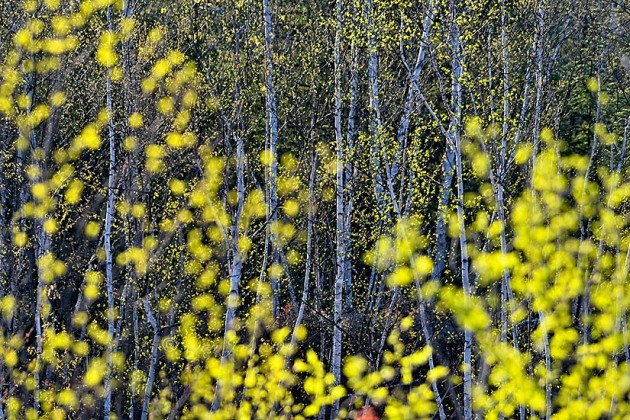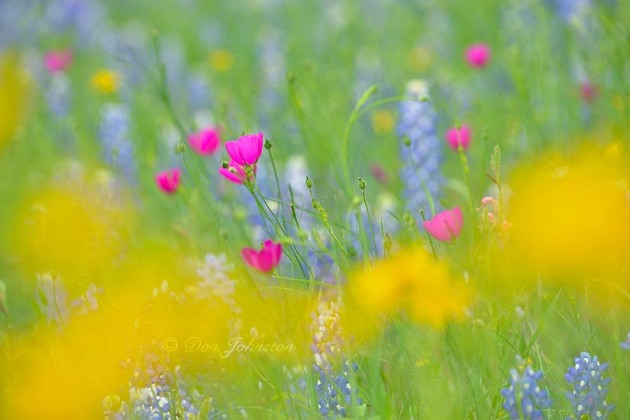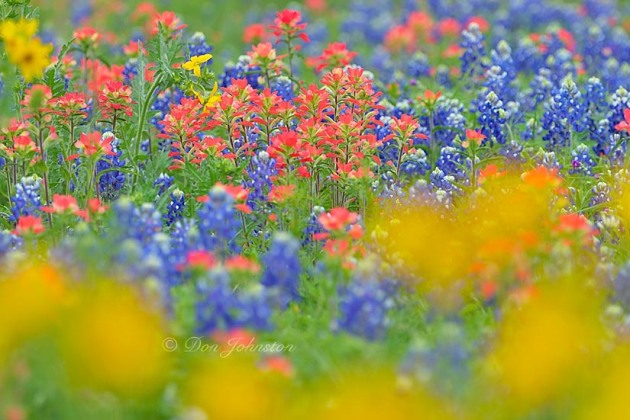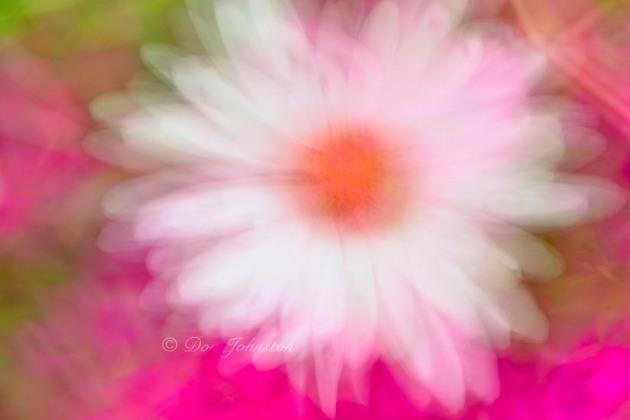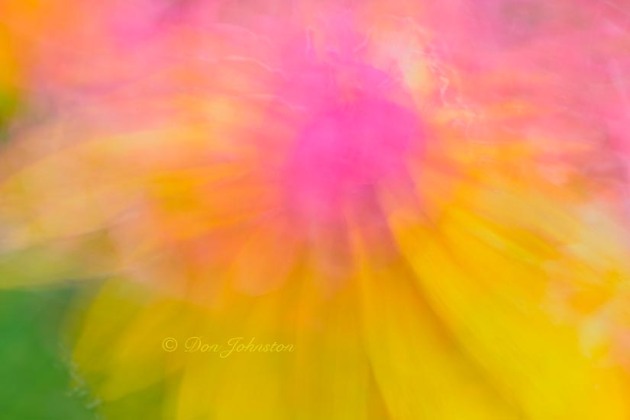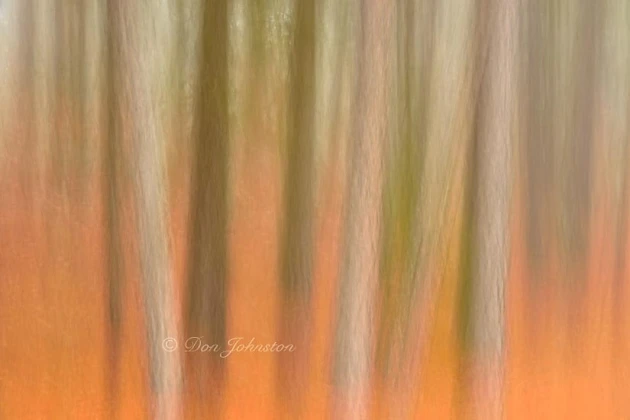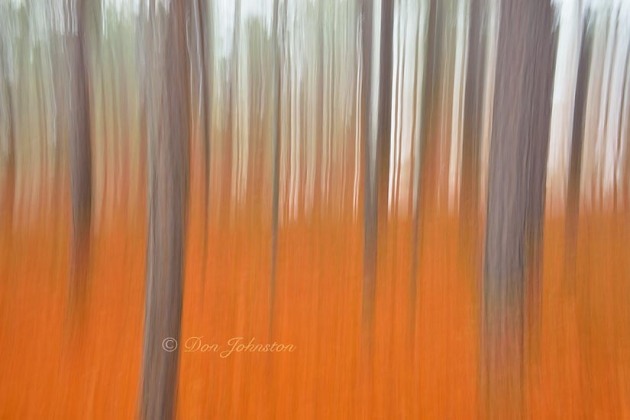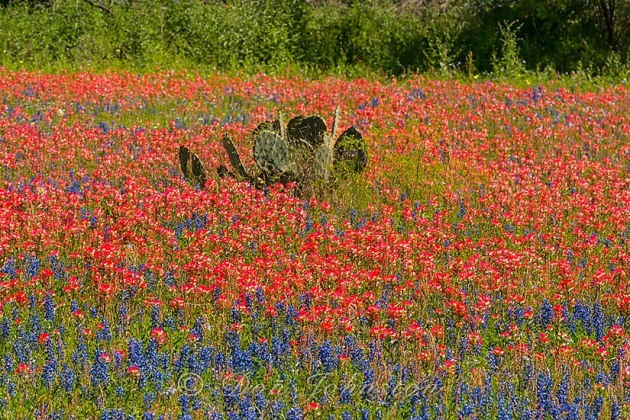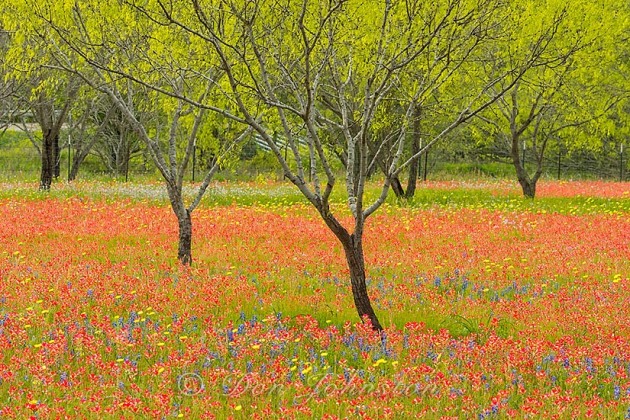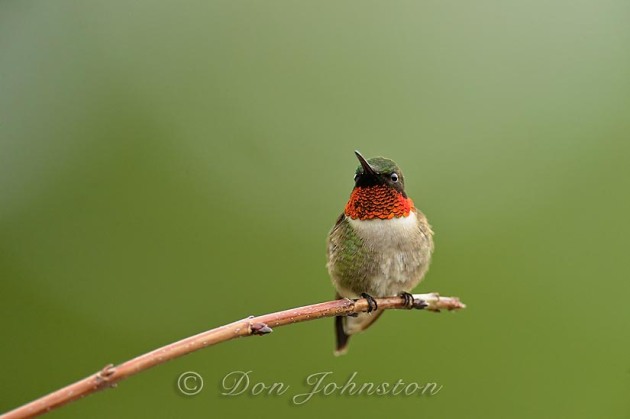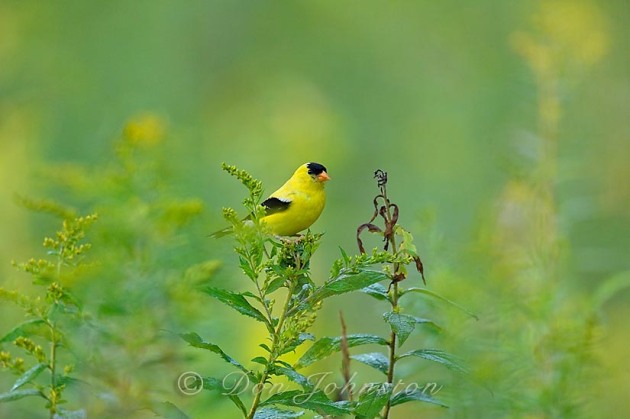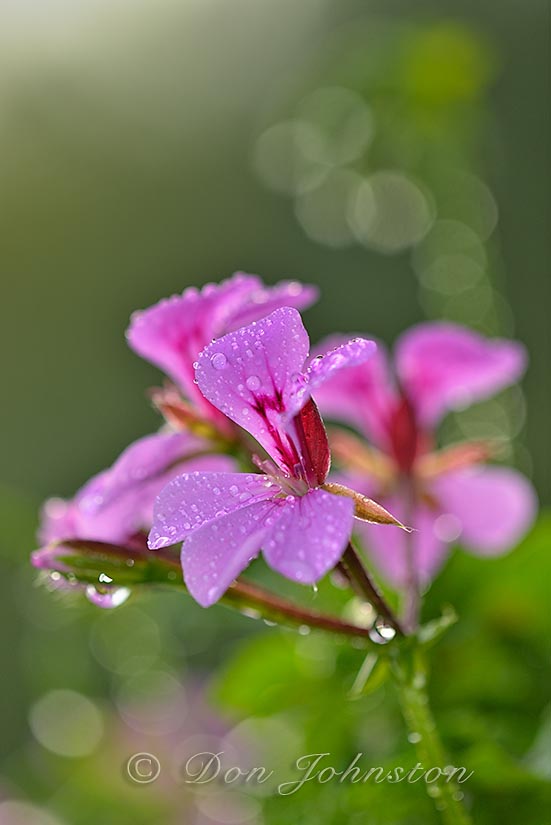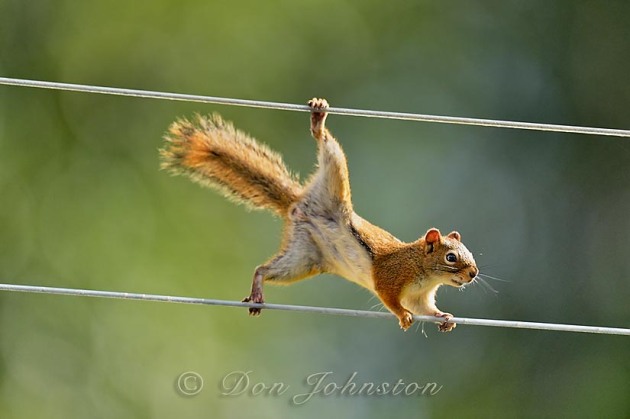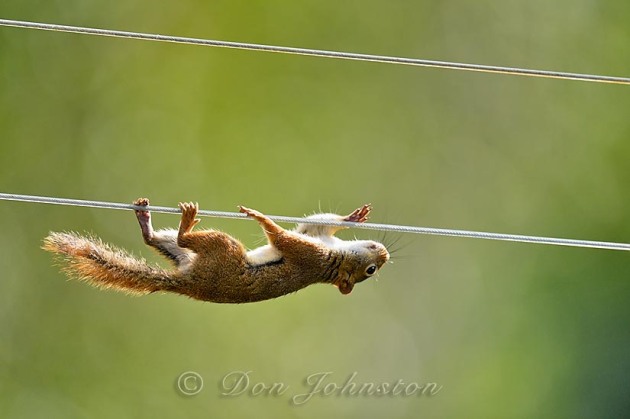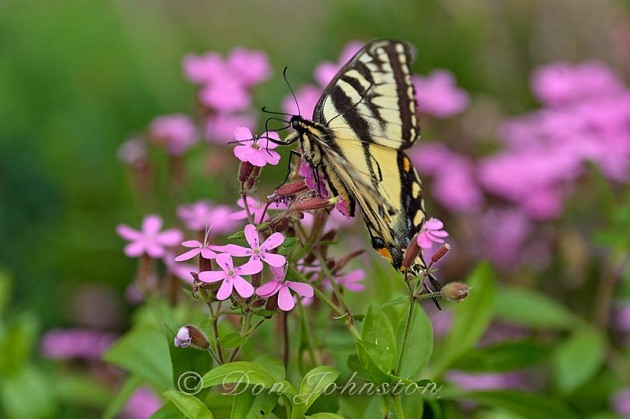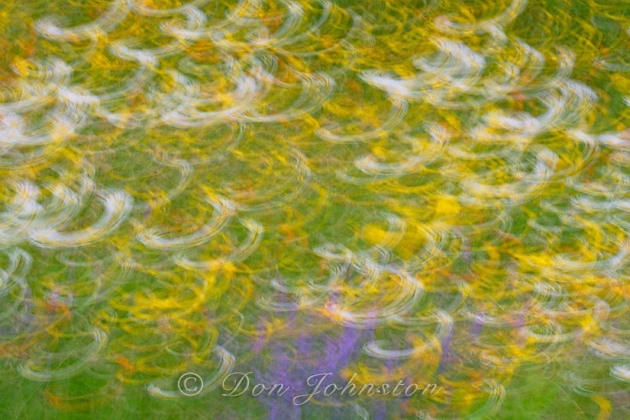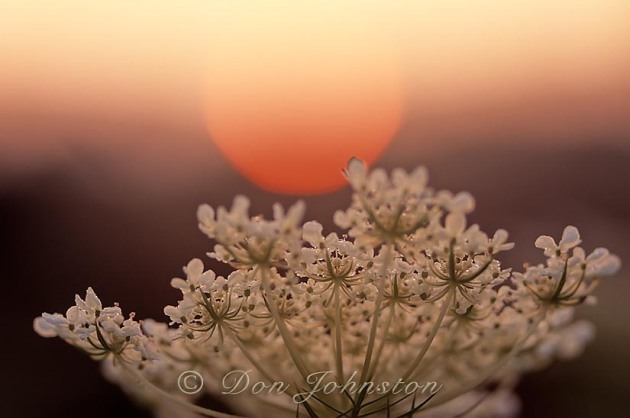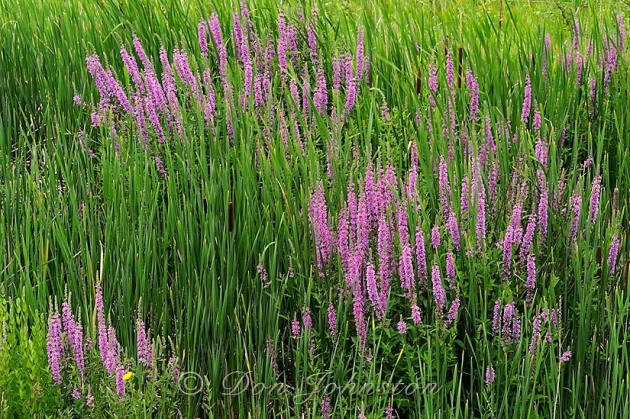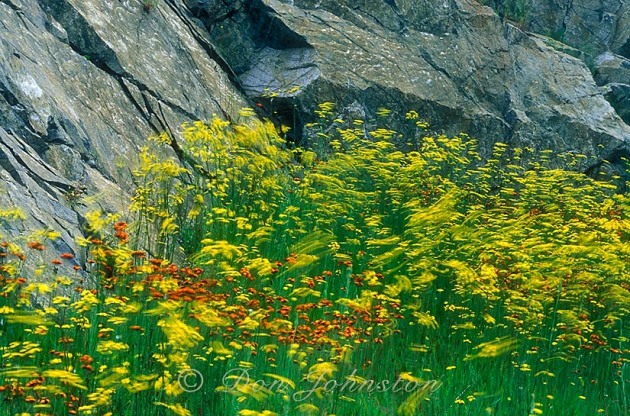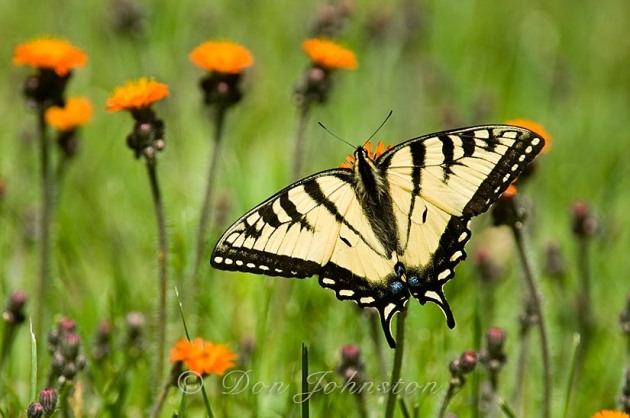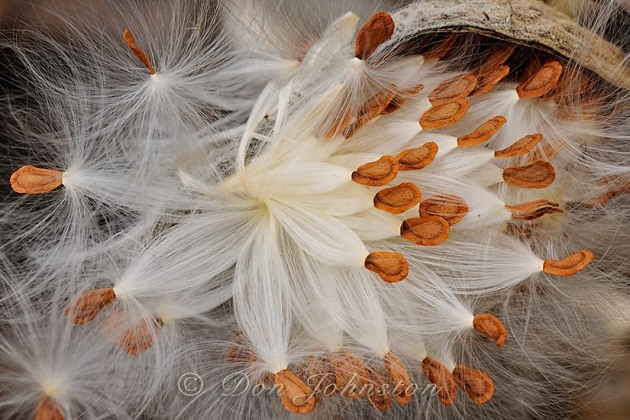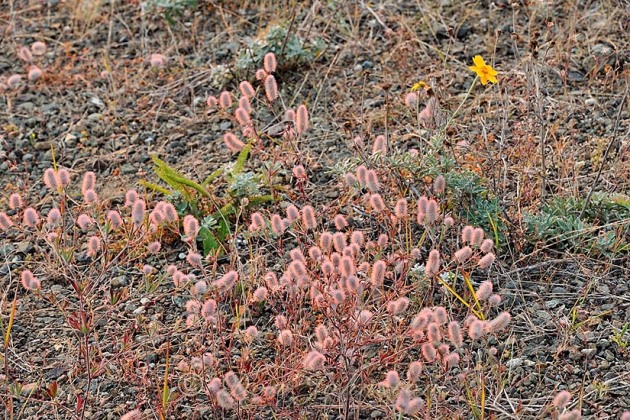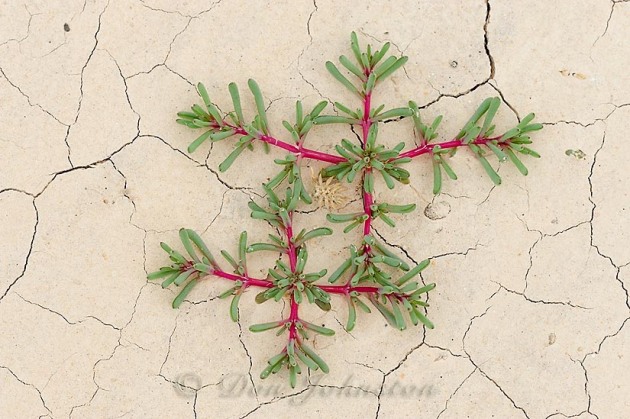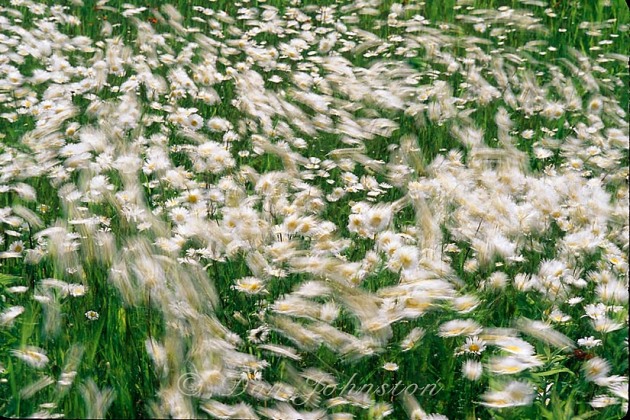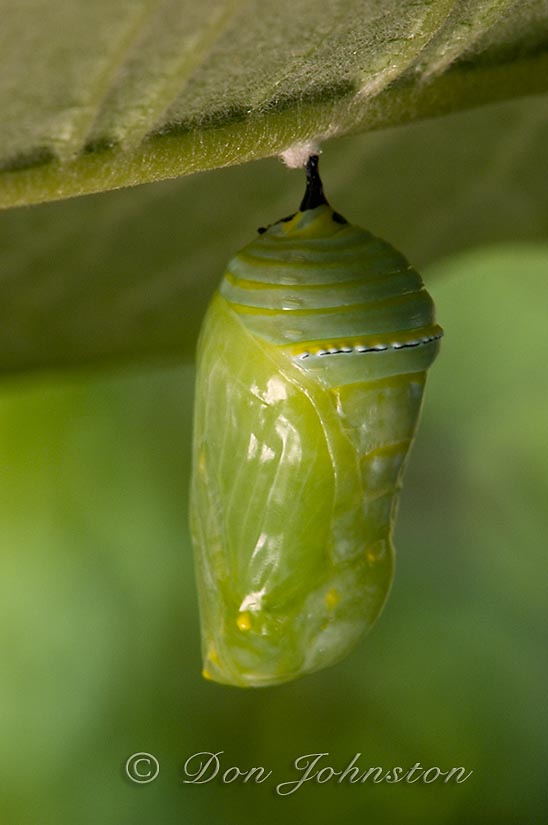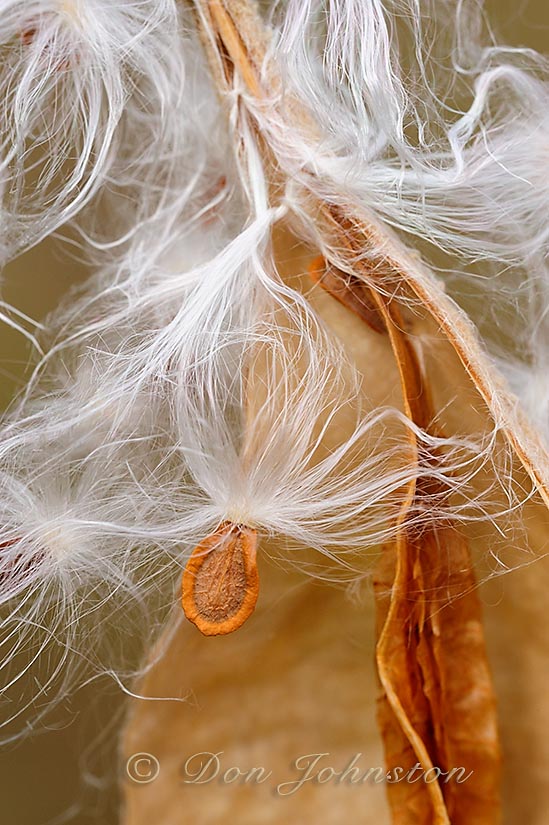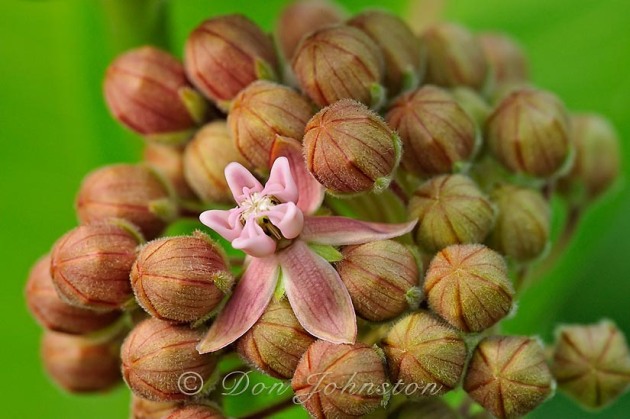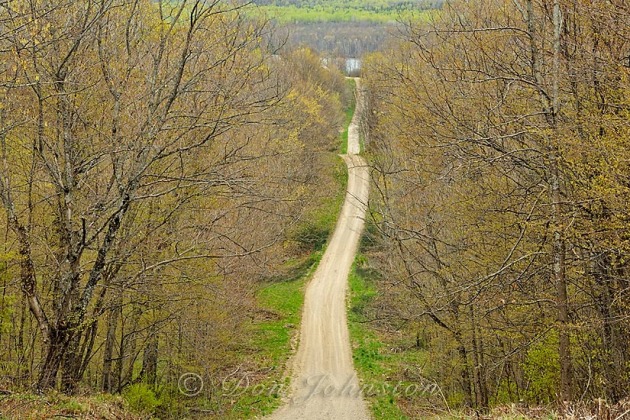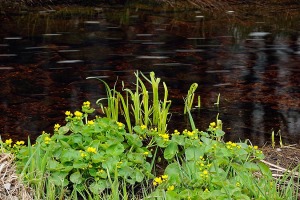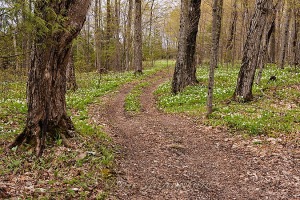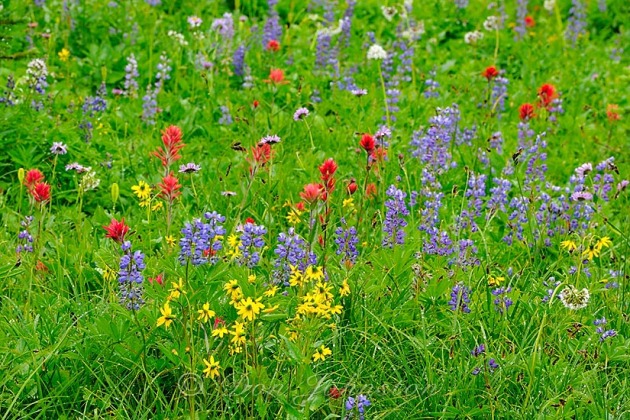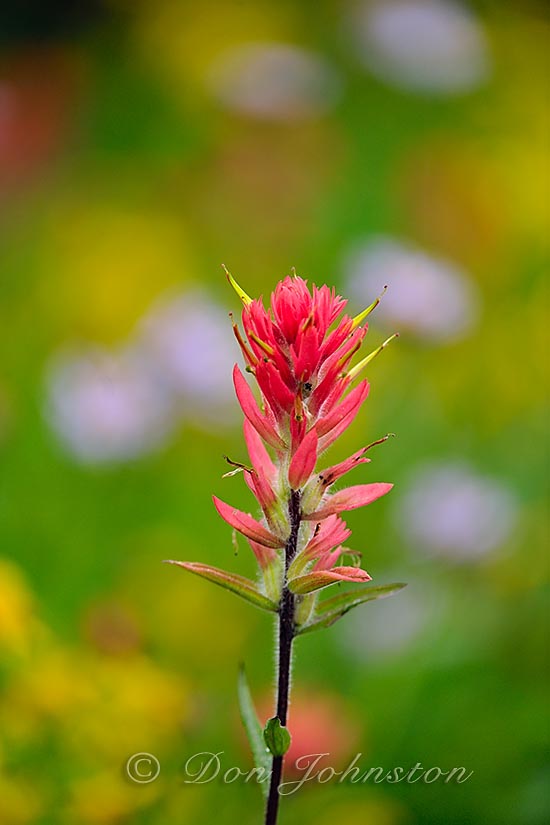Straight Shots
June 21, 2016 11 Comments
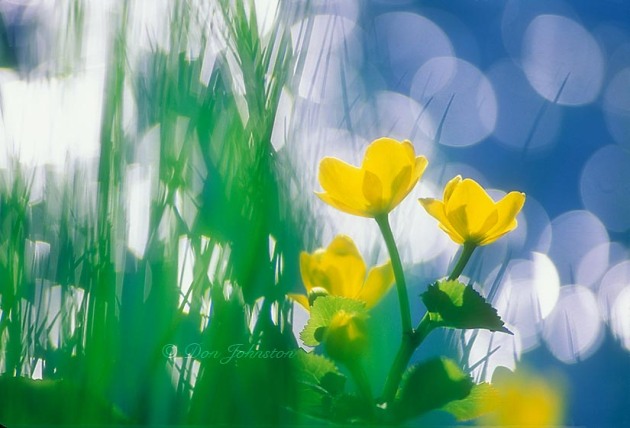
Marsh marigold (Caltha palustris) growing at the edge of small river, with sunlit highlights from the river water.
I love making abstract, interpretive, impressionistic images with my camera. It’s satisfying to be able to create these types of images, straight out of the camera. They are less documentary and in some cases inspire ‘what is it?’ comments. These images emphasize colour, texture, shape and line. They convey feelings of delicacy, fragility, lightness and euphoria or spirituality. It is possible to achieve these types of images without the use of image altering computer software. All it takes is careful observation and imagination along with a good knowledge of how the camera captures images.
Here are some recent images that illustrate some techniques I like to employ. I include some tips and advice to help you produce your own interpretive images, straight from your camera.
- Shallow depth of field- I begin by setting the lens to f4 or so (wider aperture) with the intention of selectively focusing on my subject. I scout the composition while handholding the camera to give freedom of movement and then when I find the angle and focus point I desire I mount the camera back on a tripod for a more careful composition. This is often called ‘selective focus’ because something will be in focus while much of the subject will be rendered as out of focus colourful blobs.
One subject I tried this spring was a birch woodland with emerging (backlit) leaves in birch saplings nearer the camera. I was fortunate to finally notice an excellent example below me as I stood on a hillside rock outcrop. My original intention was to climb the hill and photograph emerging foliage in distant trees on a hillside. I still photographed that hillside but I spent most of my time on the hill photographing the birch tree trunks and fresh new leaves.
This technique also works well for flowers especially with the camera set low to the ground and a focus point set on more distant blossoms. You can even try it with super telephoto lenses!
- Macro lens painting- This is a technique I tried after reading a posting from US photographer and photography educator Janice Sullivan. The technique employs long exposures (5 seconds or so), the camera hand-held on colourful subjects such as garden flowers. I started the exposure on a blossom and then pointed the camera at nearby colourful displays, all in the same exposure.
- Camera movement/panning- This is a tried and true technique for creating impressionistic images of subjects like woodlands. I use it extensively in spring and fall. For the images below I moved the camera up and down during a lengthy (5 second or so) exposure while I was photographing a pine woodland in fog. The vertical lines certainly suggest I should use a vertical composition but I often do this horizontally to include more Vertical lines- tree trunks. Telephotos work best but I have tried this technique with wide-angle lenses too with interesting perspective results.
- Natural distortions- I often like to photograph the reflective surfaces of lakes and ponds, in spring, summer and fall, concentrating on the gentle distortions of the reflected shoreline features created by the water. In the examples below however, I was stuck in my car, waiting out a thunderstorm. I left the wipers off and decided to photograph the distorted autumn woodland through the rain-soaked windshield. I hand-held and used my 105 mm macro. Focusing on either the subject or the windshield yielded different results and these can be evaluated immediately by reviewing images in the camera monitor. That’s the beauty of digital photography- being able to see the results in real time so adjustments or refinements can be made!
-

White birch tree woodland in autumn colour at Lake Laurentian Conservation area as seen through a rain-soaked windshield. 105 mm lens f 3.5

White birch tree woodland in autumn colour at Lake Laurentian Conservation area as seen through a rain-soaked windshield. 105 mm lens f 3.5
